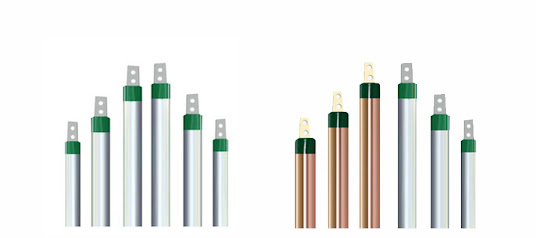What is Earthing, Types, Procedure, Advantages and Difference between Earthing and Grounding
What is Earthing? Earthing is a process to discharge and transfer the charge into the earth through a very low resistive wire. We can find it in our surroundings as it requires for utilizing power for domestic purposes. Normally for domestic purposes, we use a single-phase ac supply, and an earthing for completion of the circuit through transferring of charge. The wire used for earthing is copper and aluminum. But for better-discharging copper wire is considered because it is a good conductor of electricity in comparison to aluminum and it provides a less resistive path for current than aluminum. Earthing prevents the devices from electrical damages. Sometimes we feel mild shock while operating the appliances, to avoid these shocks it is advisable to use earthing in the buildings . Grounding is also a way to avoid shocks and prevent the appliances from being damaged. Why is Earthing Required for Houses? As for earthing transfer the charge to the earth, so it prevents the appliances
